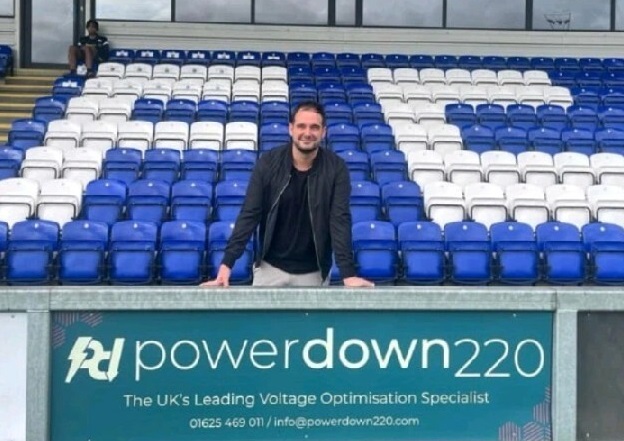Industry Talk
Regular Industry Development Updates, Opinions and Talking Points relating to Manufacturing, the Supply Chain and Logistics.Getting started with voltage optimisation

There are a range of things you can do to help cut your business’s electricity consumption, whether that’s turning appliances off when you’re not using them or by installing smart meters. But what about using voltage optimisation (VO) technology? Here, James Goodby, director at voltage optimisation specialist Powerdown220, explains all you need to know about VO, helping you determine if this energy saving technology could be of benefit to your business.
VO is a form of voltage management technology that is installed to lower the voltage of the incoming grid supply to the specific equipment in a business premises. Be it for energy savings, carbon reduction or to extend the lifespan of industrial equipment, it provides a reduced supply voltage for the site’s equipment.
In the UK the average voltage supply is 242v, despite the equipment being rated between 207v – 253v, and designed to work most efficiently at 220v. If voltage levels are too high or too low, it can lead to operational issues or unnecessary energy consumption.
When electrical equipment consumes greater levels of energy at higher voltages, VO becomes a commercially viable option.
Does VO suit you?
When discussing VO, equipment can be split in to two categories — voltage dependent and voltage independent. Voltage dependent components vary with voltage changes, while voltage independent equipment remain unaffected by voltage fluctuations.
Put simply, the more voltage dependent equipment on a site, the higher the saving delivered by VO.
When considering VO, companies often overlook the savings that are calculated over time and how VO operates on site. Although equipment, such as LED lighting and inverter drives, deliver low energy and financial savings from VO, over time a financial saving of – let’s say – eight per cent could equate to 60 per cent of a company’s entire consumption.
To put this into perspective, we expect to see savings of between eight to 12 per cent on any site from VO, meaning that somewhere between 40 to 60 per cent of the consumption has been classed as voltage Independent.
What’s more, even on sites where great efforts have been made to reduce electricity costs, with most equipment classed as energy efficient, VO is still expected to provide savings of between four to eight per cent.

Do the maths
If VO could be for you then it is time to look at the savings to be made. As with any investment, the return on investment (ROI) and the carbon and energy savings must be measured.
As well as saving on energy costs, VO has the potential to extend the lifespan of equipment and significantly reduce a company’s carbon footprint.
Just look at confectioner Kinnertons, that installed a Powerdown220 voltage optimiser and now receives a saving of 7.52 per cent on its energy bills, along with a saving of 40 tonnes of carbon emissions a year.
To contextualise these figures, Carbon Trust’s research says that a 20 per cent cut in energy costs represents the same bottom-line benefit as a five per cent increase in sales.
VO might just be of benefit to your business after all, whether that’s in addition to or instead of the range of ways you can reduce your business’s electricity consumption.
However, simply comparing utility bills a month before and a month after installation does not consider the variables of dynamic loads. Fluctuating energy demands and external factors necessitate more sophisticated analysis for accurate quantification of VO benefits.
Thankfully, this data can be found in the remote monitoring systems that come with intelligent optimisers, which states the energy, financial and carbon savings being made.
To get started with VO today, use Powerdown220’s free savings calculator to receive your savings estimate.
If you’re interested in reducing the incoming voltage to match your equipment requirements, please visit the www.powerdown220.co.uk.










